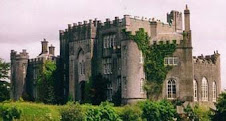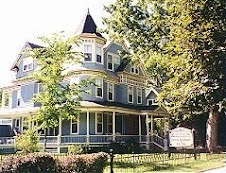Many people have seen this symbol and know
it as the Praying Hands. If you were brought up in a religious household you
will have been taught that these hands are a depiction of Jesus praying in the Garden of Gethsemane. However, the actual story
behind this art, which was rendered by Albrecht Durer, a Nuremberg,
Germany
inhabitant who executed all mediums of art, is more amazing than what is
currently known among most people who readily recognize it.
This amazingly enduring art comes all the
way back from the 15th century when two brothers, Albrecht and
Albert Durer lived with their parents and no less than sixteen other siblings
in a village nearby to Nuremberg.
They both wanted to pursue art as a career but knew that their family could not
afford for both of them to study their chosen profession although equally
talented. The decision was made that only one son could be sent off to school
which meant that the other would have to do heavy labor of some sort to support
the schooling. Both clearly had the aptitude to go so they decided to toss a
coin and choosing heads or tails would be the deciding factor for their fates.
The winner would pursue his art while the other brother would labor in the mines.
Albrecht won the coin toss and the rest of the story is heart-wrenching but
also inspiring.
Albrecht’s work created an immediate
sensation in Germany
and he began to garner large fees for his art. As was originally agreed, after
four years of studies and success Albrecht told his brother that it was now his
turn to study and learn his art and Albrecht would now work in the mines. His
brother’s response was, “No. I cannot go. Look what four years in the mines
have done to my hands! The bones in every finger have been smashed at least
once and my arthritis is so bad, I can barely raise a glass much less make
delicate lines on canvas. No brother… for me, it is too late.”
 |
| Albrecht's self portrait |
This true story of sacrifice and gratitude
is a testament and a reminder to all people that no one ever
makes it alone.
Thank you heavenly Father for restoration and healing,
You are the God who sees us and
You keep Your promise to always be by our side.
We praise You and You alone.
In Jesus’ Name, Amen!
(at 19)
The Castle Lady












































